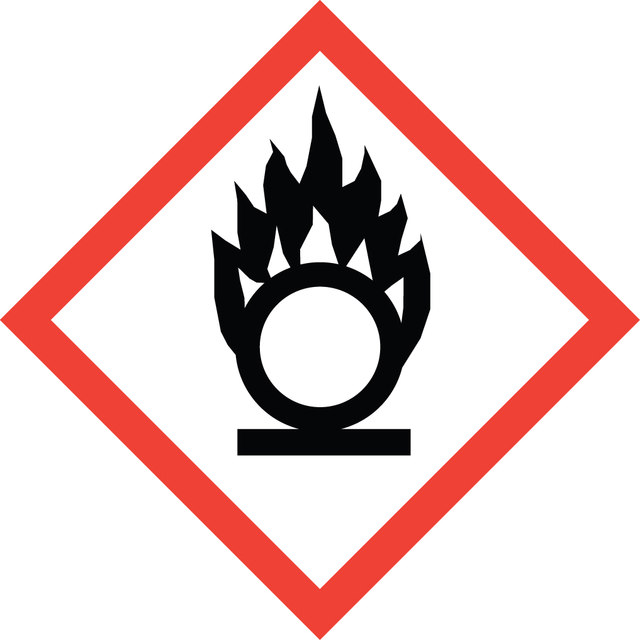Select a Size
About This Item
Product Name
Imprint® Ultra Chromatin Optimization Kit, Kit designed to optimize sonication parameters for ChIP experiments
Quality Level
Related Categories
General description
Other Notes
Legal Information
signalword
Danger
Hazard Classifications
Acute Tox. 4 Oral - Aquatic Acute 1 - Aquatic Chronic 1 - Eye Dam. 1 - Flam. Liq. 3 - Met. Corr. 1 - Ox. Liq. 1 - Resp. Sens. 1 - Skin Corr. 1B - STOT SE 3
target_organs
Central nervous system
Storage Class
5.1A - Strongly oxidizing hazardous materials
flash_point_f
100.4 °F
flash_point_c
38 °C
Regulatory Information
Choose from one of the most recent versions:
Already Own This Product?
Find documentation for the products that you have recently purchased in the Document Library.
Protocols
Chromatin Immunoprecipitation qPCR for studying gene regulation across conditions.
Related Content
Imprint® Ultra Chromatin IP Kit: for Successful ChIP-Seq with a Low Abundance Transcription Factor
Our team of scientists has experience in all areas of research including Life Science, Material Science, Chemical Synthesis, Chromatography, Analytical and many others.
Contact Technical Service




